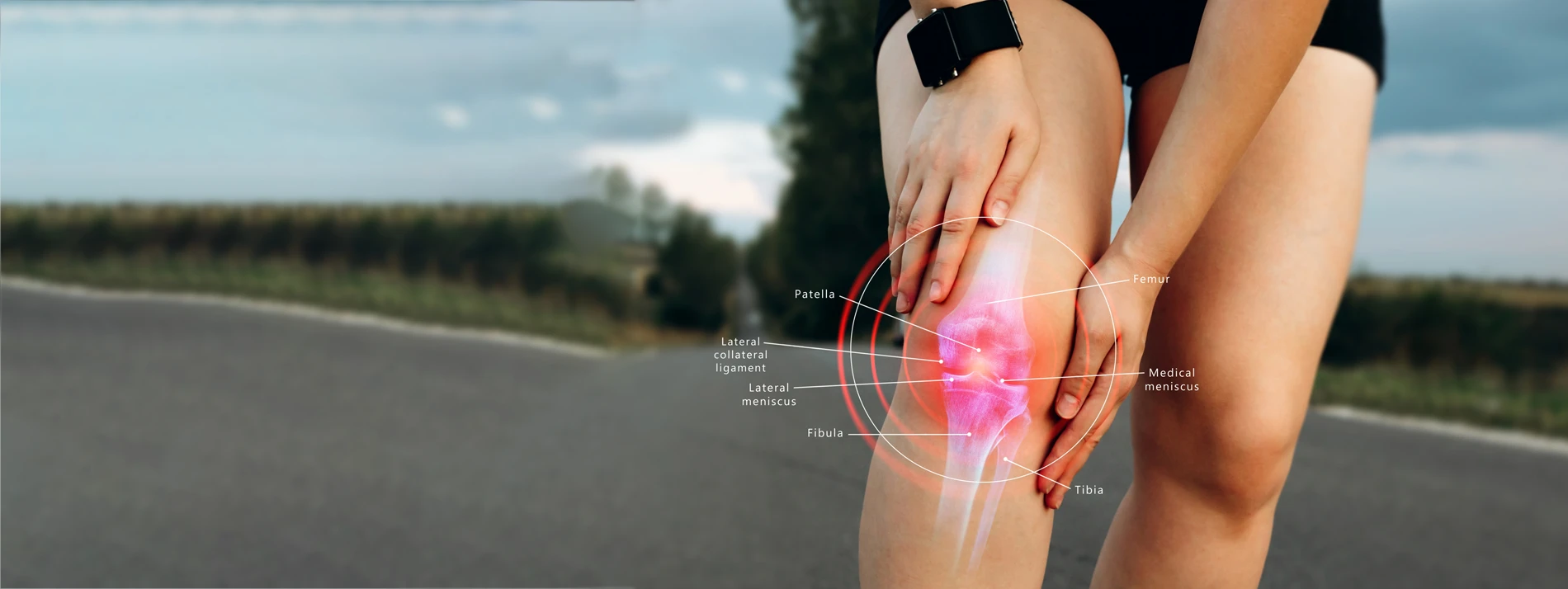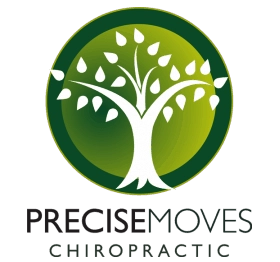Sports Injury & Extremity Care in San Francisco CA

Are you suffering from a sports injury in San Francisco CA? Dr. Gregory is a Sports Chiropractor. She is an athlete and Certified as a Chiropractic Extremity Practitioner by the Council of Extremity Adjusting. She not only addresses any spinal imbalances but looks at your extremities such as shoulders, elbows, wrists, knees, ankles, feet, hips, toes, and fingers.
She makes sure your whole body is balanced and working together harmoniously as a unit.
Injured in San Francisco CA?
When you are injured you lose your ability to get the kind of workout you need and it affects your work and social life. We want to get you back to doing activities that allow you to remain healthy and thrive.
Chiropractic helps by allowing better movement in your body and allowing your brain and spinal cord to send proper signals to your arms, legs, feet, shoulders, knees, elbows, wrists, and any other joint in the body. The extremities then send messages back to the brain letting it know if the area is working correctly or in "danger".
If your brain thinks you are in danger if an area of the body is not functioning correctly. The brain will either shut off or send pain signals to areas it deems not safe or in danger. That is how our brain works. So, it is essential to keep all of these signals working properly. Keeping the spine moving correctly and efficiently makes sure those signals are received, not blocked or distorted, and utilized properly.
Chiropractic Care and Limb Pain
How does Chiropractic help with my limb pain? Don't they just work on necks and backs?
Neck and back pain is very common for first time patients to our office. However, your back and neck are the trunk leading to all other functions of your body. Movement starts with your brain and spine. Most exercise usually involves some type of neck and spinal movement. Runners, cyclists, swimmers, CrossFit workouts, and weekend warriors all have the potential to place undue stress on their neck and back. Your body works as a unit and sometimes in sections. Commonly, knee pain is not really the knee at all. It is a problem with something in the kinetic chain that helps the knee move (thigh, foot, lower back).
Knee and ankle issues are prevalent in most sports but more common in running and jumping. The knee and the ankle work together in a system called the lower kinetic chain. This kinetic chain is throughout the body since our body movements involve more than one area. So...
What is the kinetic chain?
The kinetic chain means that joints and areas of the body will work together and affect one another. Here is an example:
When you are walking, the kinetic chain consists of the foot, ankle, knee, hip, lumbar spine, sacrum and pelvis. Anytime you injure one of these structures an examination to rule out injuries in areas above and below is necessary. Even though you have an ankle injury, checking the knee, hip and low back need to be evaluated to make sure they are working properly and not part of the problem.
Low back pain is prevalent in almost any sport. Anytime you perform a weight bearing activity strain is placed on your spine. In the winter months we see many skiers and snowboarders with low spine related injuries from excessive twisting, turning and an occasional hard landing.
Shoulder Injuries
Shoulder injuries are very common these days especially with the rising amounts of postural issues due to technology. The shoulder has many muscles that are attached to it from the neck, arm, spine. It is a very complicated joint. It is a ball and socket joint which means it moves in many different directions and has several muscles attached that perform many different functions. The, scapula, humerus and collar bone make up the shoulder joint with many attachments of muscles, ligaments, tendons and a circular configuration of ligamentous tissue called your rotator cuff. Movement involves so many different areas and injuries can be time consuming and complicated.
Rotator Cuff
What muscles are involved, included in the rotator cuff?
There are four muscles that are included in the rotator cuff:
- Supraspinatus: Holds the Humerus in place and helps lift your arm
- Infraspinatus: Helps to rotate and extend your shoulder
- Teres Minor: Rotates the arm away from the body
- Subscapularis: Holds upper arm to shoulder blade, rotates arm, holds arm straight and lowers arm.
If one of these structures is injured tissue surrounding the area will work harder to keep normal movement. With time these secondary structures can breakdown causing further injury. That is why it is necessary to figure out what is breaking down and work on not only the area involved but other areas that may be contributing to the situation.
If you are having shoulder, wrist, arm, foot, ankle, knee, hip or low back pain, contact us. We will not only make sure that signals are working properly from the spine all the way to the extremities but also make sure your kinetic chain is working properly by adjusting needed areas, providing soft tissue work and cold laser if necessary. Sports chiropractors can help any joint in the body move correctly!
Find out how your brain sends signals to your arms, legs and how they send signals back to the brain below:
Contact Us Today!
Dr. Amie Gregory, DC, CCEP is a specialist in sports and wellness chiropractic in San Francisco, CA. Your muscles are attached to your spinal bones and get messages from your brain. To make sure they all work together, she will work on your spinal column and extremities safely and accurately. She incorporates drop table making it easier on your body and uses soft tissue tools like SASTM and Cold Laser therapy to accelerate healing and decrease inflammation. Make an appointment today!
References:
- https://www.healthline.com/health/4-kinetic-chain-exercises
- https://www.webmd.com/pain-management/what-is-my-rotator-cuff
- https://www.youtube.com/watch?v=6DEtdFMTblA&ab_channel=AnatomyZone
- https://www.physio-pedia.com/Infraspinatus?lang=en
- https://www.youtube.com/watch?v=7yxB4VP2EvY&ab_channel=nabilebraheim
- https://www.youtube.com/watch?v=_NvVjLUL3F4&ab_channel=Kenhub-LearnHumanAnatomy
24 hour Scheduling Makes It Easy!
Hours May Change Due To Doctor Availability
OFFICE HOURS
Monday
8:00am - 12:00pm
Tuesday
8:00am - 6:00pm
Wednesday
Closed
Thursday
8:00am - 6:00pm
Friday
Closed
Saturday
8:00am - 12:00pm
Sunday
Closed
Precise Moves Chiropractic
3150 18th St #334
San Francisco, CA 94110



